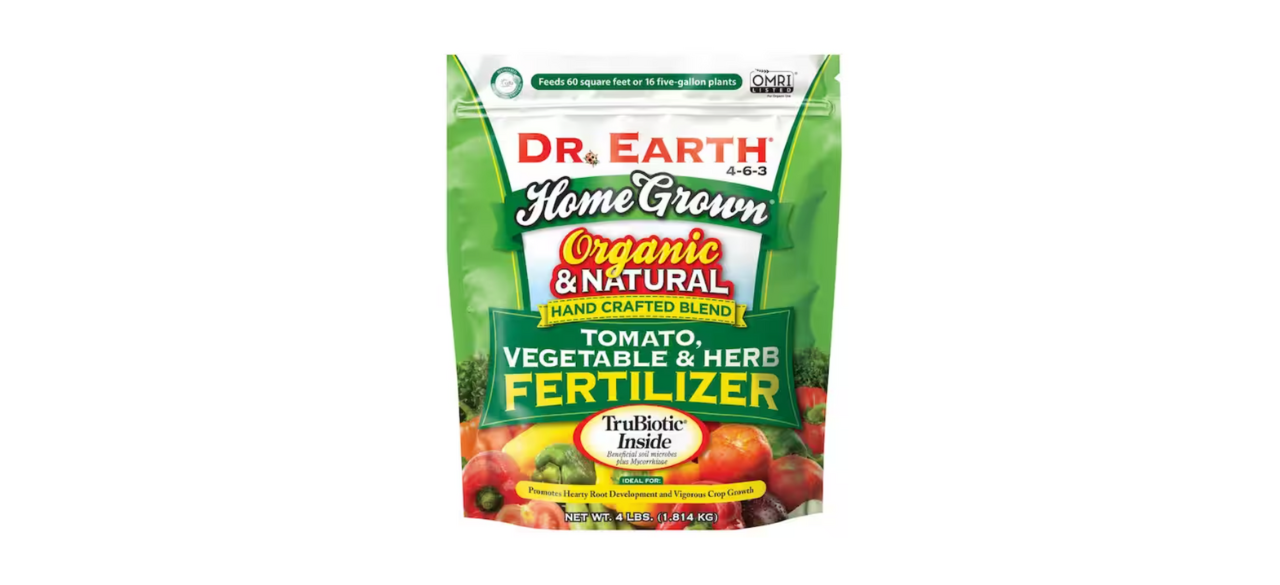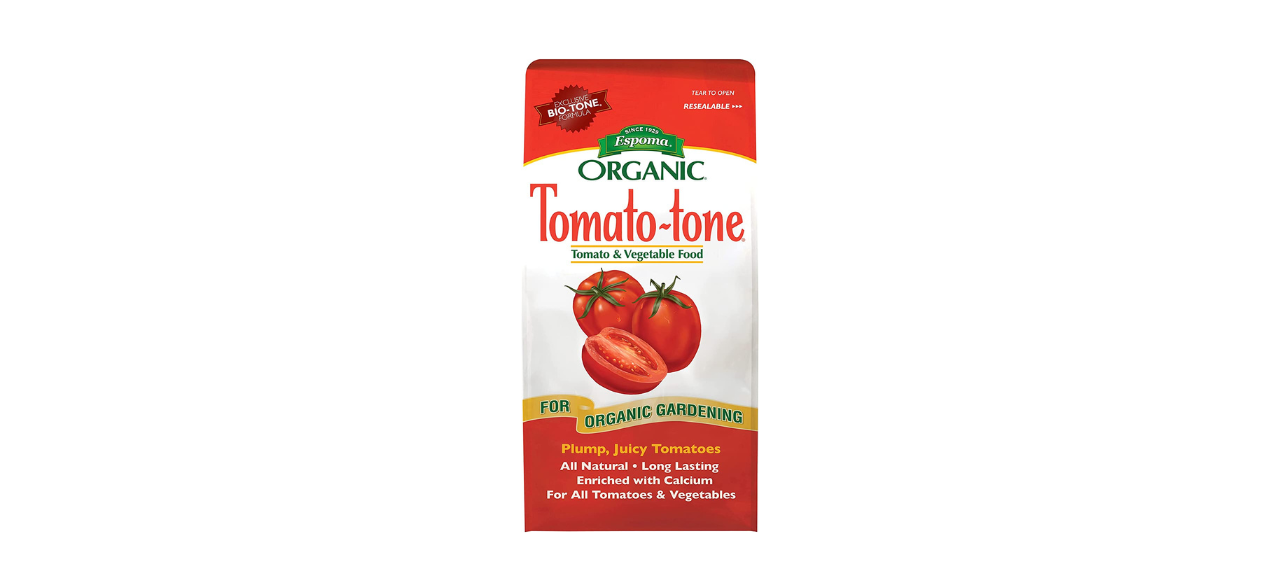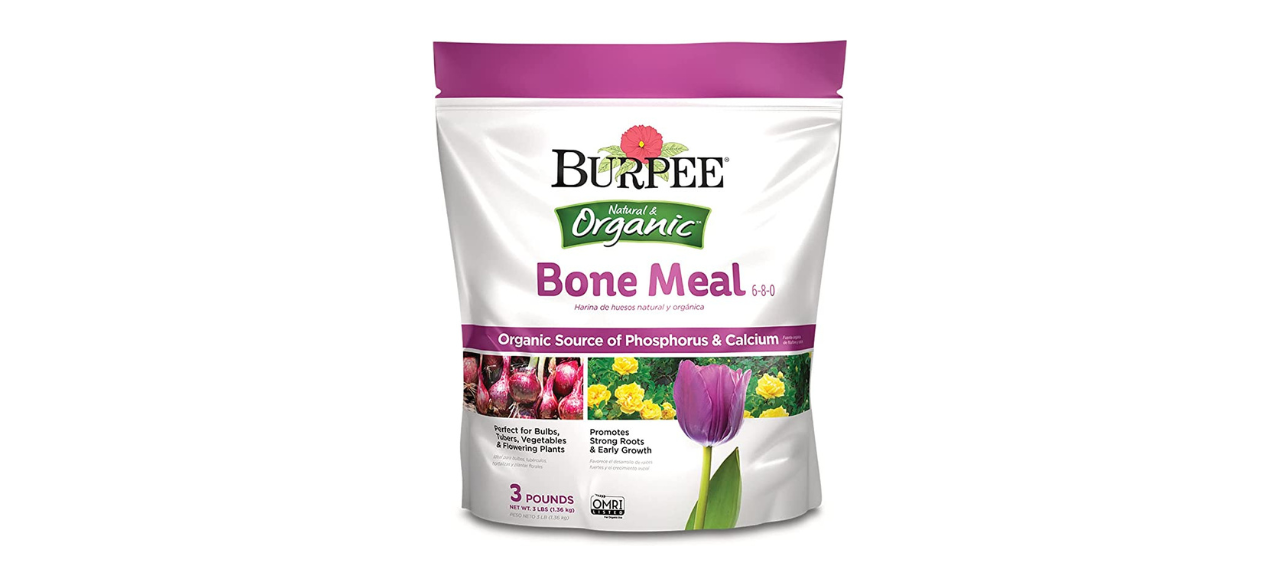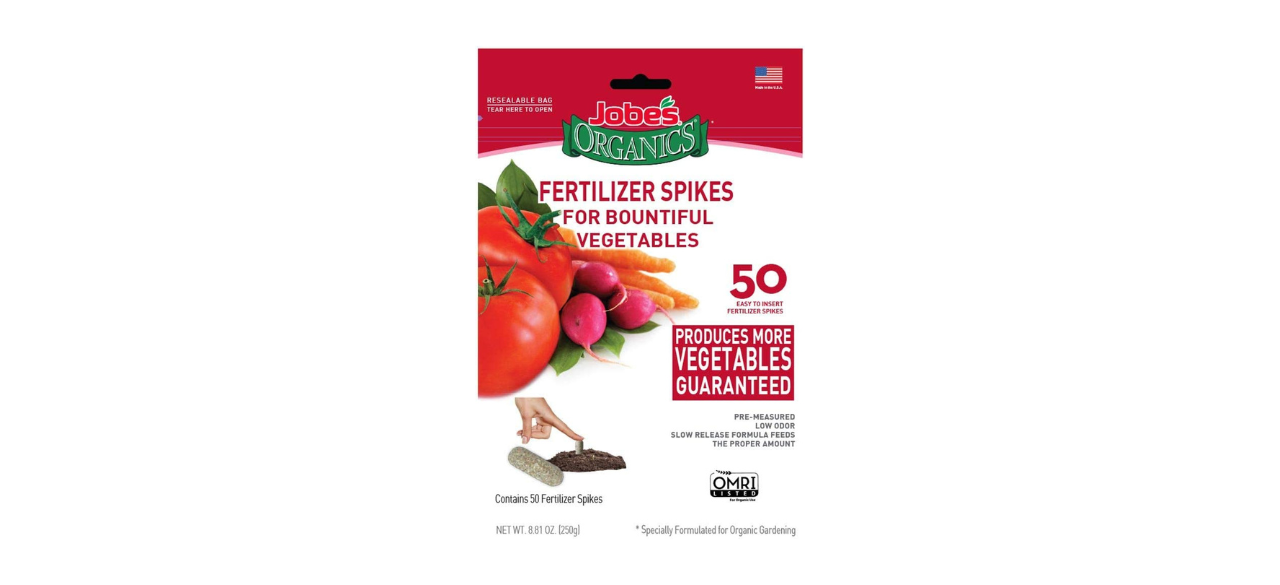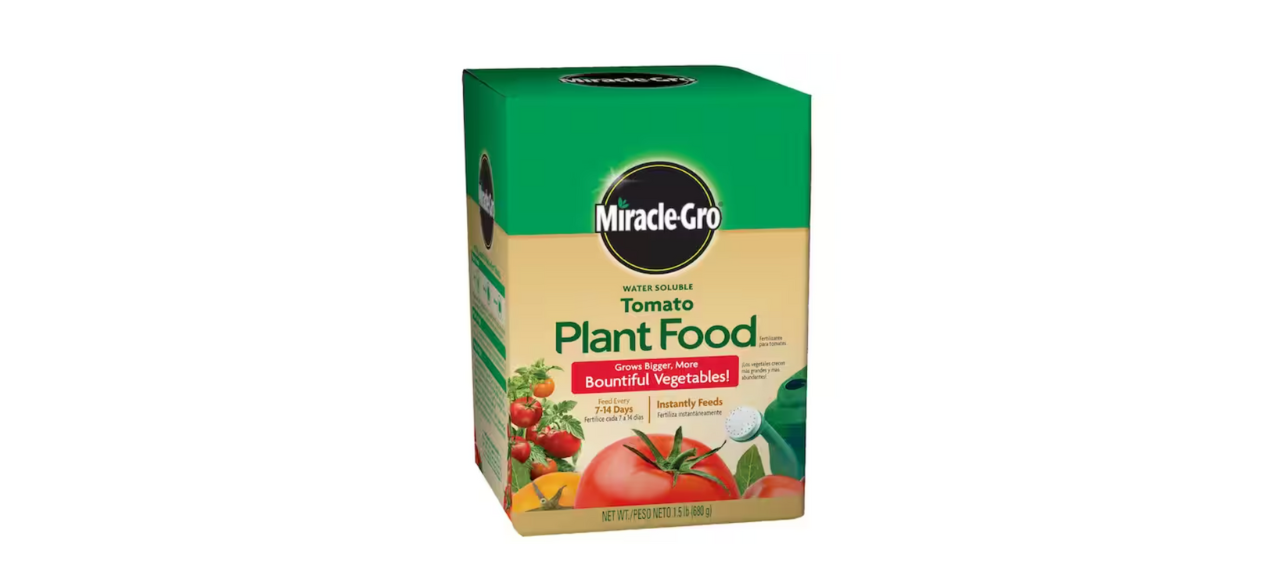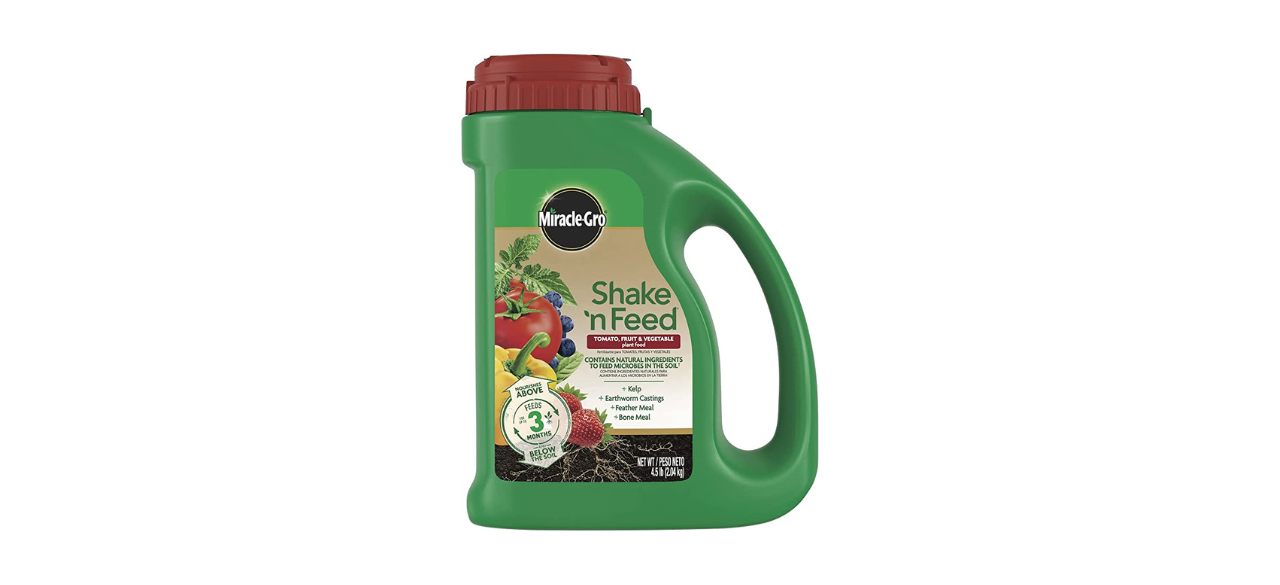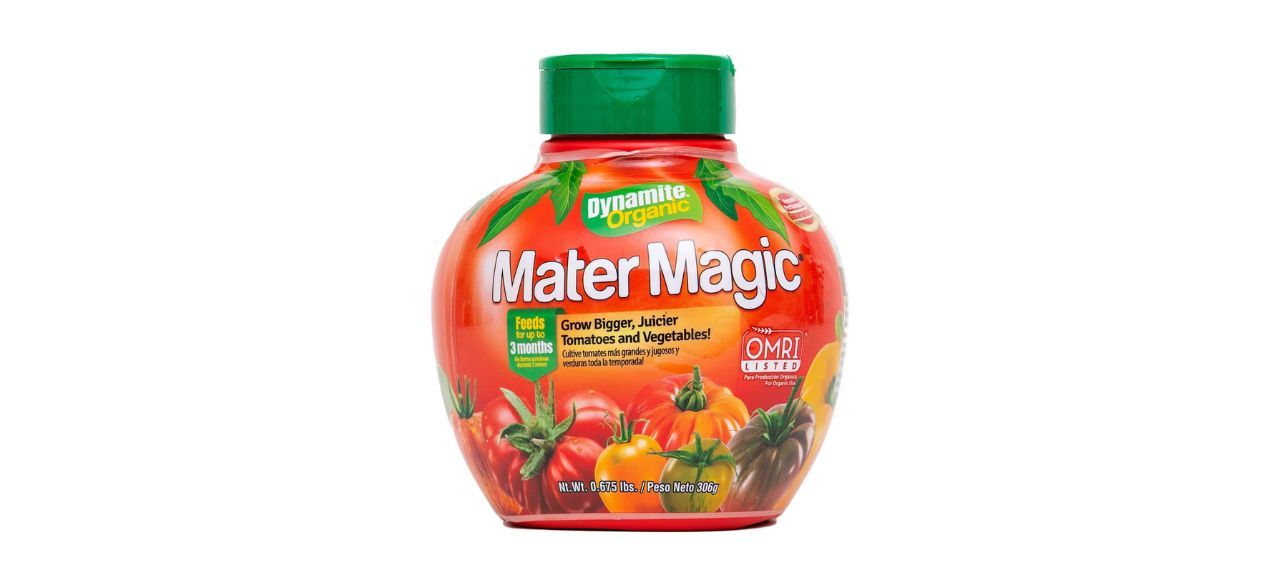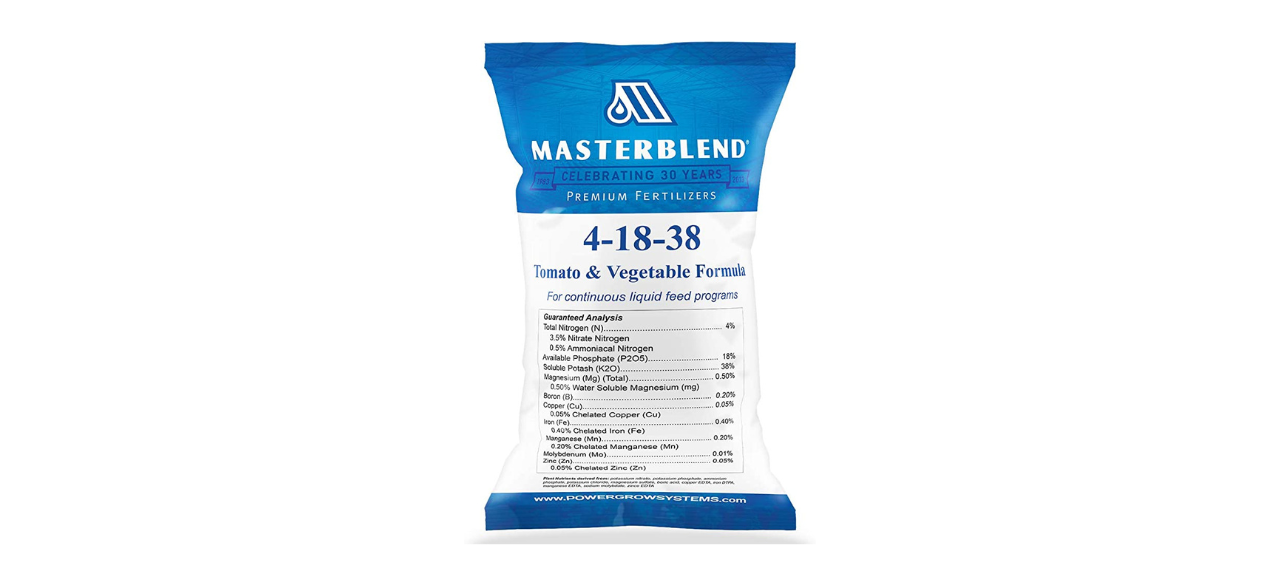Which are the best tomato fertilizers?
If you’re planning to grow tomatoes, you need to choose the right fertilizer for your soil or growing medium. You also need to consider the pH level and nutrient balance in the soil, as well as the formula used in the fertilizer. Once you’ve done this, you can help ensure your plants grow quickly and produce the best harvest possible. When selecting the best fertilizer for tomatoes, there are several factors to keep in mind; macronutrients, soil conditions, whether you want an organic or synthetic formula and which season you’re growing them in.
In this article: Dr. Earth Organic Home Grown Tomato Vegetable and Herb Dry Fertilizer, Tomato-Tone Organic Fertilizer and Burpee Bone Meal Fertilizer
Tomato fertilizer features
Types
There are three main types of fertilizer for tomatoes:
- Liquid: These are usually highly concentrated and need to be diluted with water before application. Liquid fertilizer absorbs quickly into the soil, plant roots and leaves and washes away easily in the rain. Because of this, it requires frequent reapplication.
- Granular: Available in quick-release and slow-release forms, granular fertilizers are dry and look like powder or small grains. They’re usually soluble in water, but you can also dilute them after application. The quick-release option works nearly immediately, making it ideal for tomato plants lacking nutrients, but it needs to be applied regularly. Slow-release fertilizers take longer to work but last a lot longer before needing to be applied.
- Compressed spikes: This type of fertilizer looks similar to spikes and can be placed directly into the dirt beside your plants. Since they come already measured and last a while, they’re ideal for newer gardeners.
Macronutrients
The best fertilizer for tomato plants contains a mix of nitrogen, phosphorus and potassium, or what’s known as NPK. These macronutrients are listed on every fertilizer container, usually in percentages or ratios. Most fertilizers also have trace levels of zinc, calcium, magnesium and other essential macronutrients that help plant growth.
The exact ratio needed for tomato plants depends on the stage of growth. For example, tomato seeds don’t require fertilizer, whereas seedlings and mature plants do.
Here are the main benefits of each macronutrient:
- Nitrogen: continuous leaf and foliage growth.
- Phosphorous: strong root system development and ripe fruit.
- Potassium: continuous growth and disease resistance.
- Zinc and boron: fruit ripening.
- Calcium: leaf and root growth and firm tomatoes.
- Magnesium: enhanced fruit quality.
Pay close attention to your plants when choosing a fertilizer, or you could end up with undesirable results. For example, nitrogen helps with foliage growth but can decrease fruit production. If something doesn’t look right, check the formula to ensure you’re not using too much or too little of something.
Soil pH level and nutrients
Before choosing a fertilizer, check the current pH level and nutrients in the soil. Otherwise, you could create a nutrient imbalance.
In tomatoes, if you have too much nitrogen in your soil but are also using fertilizer, the plants will be lush and green, but they won’t produce much fruit. If there isn’t enough zinc, magnesium or phosphorus, you might not get ripe, juicy fruit.
The pH level also matters since the wrong level could prevent the plants from growing in the first place. The best pH level for tomatoes is between 6.0 and 7.0.
Organic vs. synthetic formula
You can get either organic or synthetic fertilizer for your tomatoes.
Organic ones are usually slow-release and less concentrated than synthetic ones, making them safer for plants, animals and people. Common ingredients include blood meal, bone meal, kelp and compost.
Synthetic fertilizers work much more quickly and come in liquid and granular forms. They’re also more concentrated, meaning you might need to dilute them before application.
Season
Typically, tomato plants require fertilizer with a higher ratio of phosphorus when their roots are still in the early stages of growth. You should use nitrogen and potassium should be used just before the plants have started flowering since it helps with photosynthesis. You can also continue to use a potassium-based fertilizer until the season ends.
Use fertilizer after transplanting your tomato plants outside, as well as once every week or two after they’ve started producing fruit.
Quantity
Avoid using too much fertilizer by following the directions on the packaging. If you use more than you should when fertilizing tomatoes, or if you don’t dilute it, you could end up killing the plants or stunting their growth.
Tips for fertilizing tomato plants
If you have a dry or granular fertilizer, apply it with a spreader since this will give you the most control over how much you use and where. When using a water-soluble fertilizer, sprinkle it on the areas that need it and water it with a watering can or light sprinkling system.
Best fertilizers for tomatoes
Dr. Earth Organic Home Grown Tomato Vegetable and Herb Dry Fertilizer
This 4-pound bag of granular fertilizer covers up to 60 square feet. It contains natural and organic ingredients, making it a great option for tomatoes, vegetables and other annual plants.
Tomato-Tone Organic Fertilizer
This organic fertilizer contains only natural ingredients to encourage the healthy growth of tomatoes. Available in an 8-pound bag, it features calcium, which helps build a strong root system. It also has a good balance of essential macronutrients and can help prevent blossom end rot while producing juicy tomatoes.
This organic fertilizer is formulated with calcium and phosphorus, both of which promote the development of a strong root system and ripe, firm fruits and vegetables. It’s slow-release and works throughout the growing season.
Jobe’s 06028 Fertilizer Spikes
This resealable bag includes 50 spikes carefully measured to promote vegetable growth using a slow-release formula. The formula uses only certified organic ingredients, so there are no synthetic or toxic chemicals.
Miracle-Gro Water-Soluble Tomato Plant Food
If you are looking for a fertilizer that you can spray from a garden feeder or a watering can, this option is for you. Great for tomatoes and vegetables, it works best when applied every one to two weeks.
Miracle-Gro Shake ‘N Feed Tomato Fertilizer
This large package of dry fertilizer is formulated with essential nutrients such as calcium to strengthen plant cell walls and ensure higher quality fruits and vegetables.
Dynamite Mater Magic Organic Tomato Fertilizer
Great for both potted plants and direct application in the garden, this feed lasts up to three months. It’s certified organic and promotes the growth of healthy plants and ripe fruit.
MasterBlend 4-18-38 Tomato Vegetable Fertilizer
Available in either a 1-pound or 5-pound bag, this fertilizer is highly concentrated and water-soluble. It contains nitrogen, phosphate, magnesium, boron and other nutrients needed for lush plant growth and firm, juicy fruit.
Prices listed reflect time and date of publication and are subject to change.
Check out our Daily Deals for the best products at the best prices and sign up here to receive the BestReviews weekly newsletter full of shopping inspo and sales.
Copyright 2024 BestReviews, a Nexstar company. All rights reserved.


